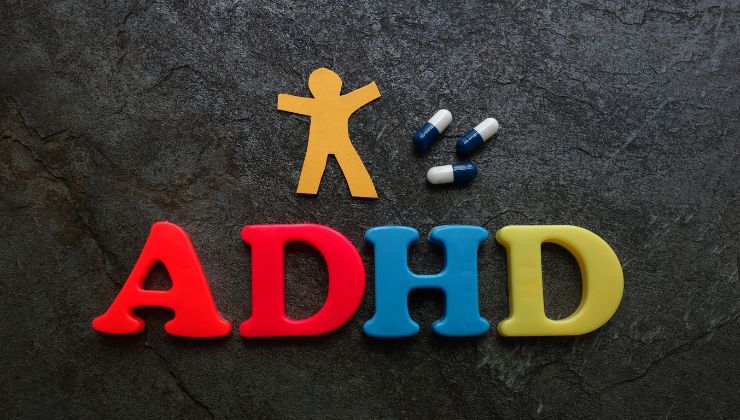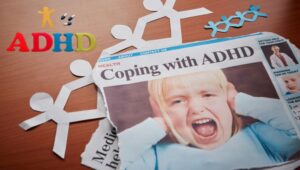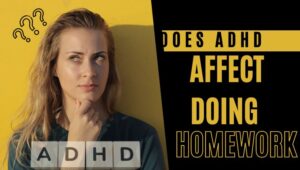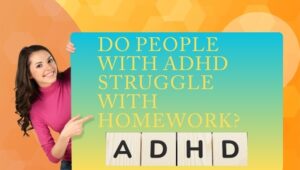Introduction
What Does ADHD Stand For? Attention Deficit Hyperactivity Disorder, commonly known as ADHD, is a neurodevelopmental disorder that affects individuals of all ages.
In this article, we will explore the various aspects of ADHD, from its definition and historical background to its diagnosis, treatment options, and the challenges faced by children and adults living with this condition.
Table of Contents
Definition of ADHD
ADHD is a complex condition that impacts an individual’s ability to focus, control impulses, and manage hyperactivity. It is a lifelong disorder that often begins in childhood and can persist into adulthood.
Understanding the precise meaning of ADHD is crucial in offering the right support and interventions to affected individuals. What Does ADHD Stand For?
Importance of Understanding ADHD
Recognizing and understanding ADHD is essential for multiple reasons. It helps in early diagnosis and intervention, reducing the impact of the disorder on an individual’s life.
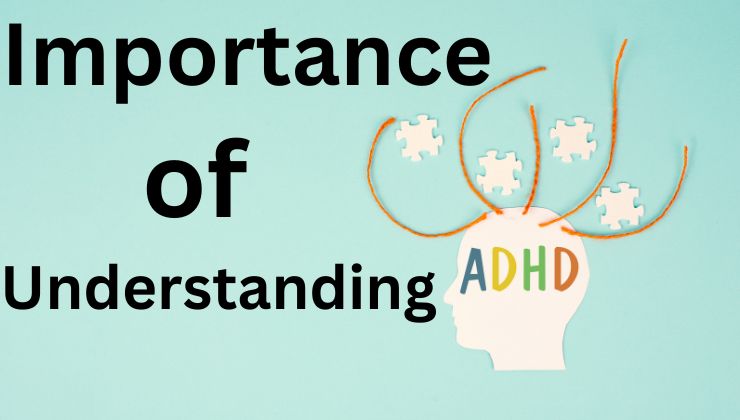
Additionally, awareness of ADHD promotes empathy, reduces stigma, and creates a supportive environment for those living with the condition.
Preview of Key Points
Before we delve deeper into the specifics of ADHD, let’s provide a brief overview of what this article will cover. We will discuss the basics of ADHD, its historical background, types, symptoms, diagnosis, and the role of medical professionals in managing the disorder.
We will also explore how ADHD affects children and adults, its causes and risk factors, various treatment options, and the challenges faced in schools and workplaces. Finally, we’ll touch on strategies for living with ADHD and why awareness and support are crucial.
The Basics of ADHD
What Does ADHD Stand For?
ADHD stands for Attention Deficit Hyperactivity Disorder. It’s a condition that affects a person’s ability to pay attention, control impulses, and regulate their activity level.
This can result in challenges in various aspects of life, including school, work, and relationships. What Does ADHD Stand For?
Historical Background of ADHD
The history of ADHD dates back to the early 20th century when it was first recognized as a medical condition.
Understanding its historical context helps us appreciate the progress made in diagnosing and managing ADHD.
Prevalence and Demographics
ADHD is not a rare condition. It affects people worldwide, regardless of gender, age, or ethnicity. What Does ADHD Stand For?
Examining its prevalence and demographic factors can provide valuable insights into the scope of the issue.
Types of ADHD
ADHD manifests in different ways, leading to the classification of several types. These include the inattentive type, hyperactive-impulsive type, combined type, and unspecified type.
Understanding these variations is essential for tailored treatment and support.
Common Symptoms of ADHD
Inattention Symptoms
Individuals with ADHD often struggle with inattention, making it challenging to focus on tasks and follow instructions. We’ll explore the specific symptoms associated with inattention.
Hyperactivity Symptoms
Hyperactivity in ADHD can lead to restlessness and an inability to sit still. We’ll delve into the symptoms of hyperactivity and their impact on daily life. What Does ADHD Stand For?
Impulsivity Symptoms
Impulsivity can result in hasty decision-making and difficulty considering consequences. Understanding the symptoms of impulsivity is vital for managing this aspect of ADHD.
Diagnosis of ADHD
Diagnosing ADHD requires a comprehensive evaluation process. We’ll discuss the diagnostic criteria, the steps involved in the evaluation, and the crucial role played by medical professionals in the diagnosis and management of ADHD.
ADHD in Children
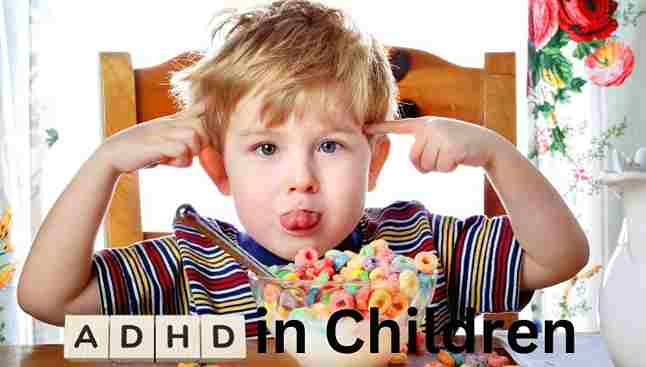
Early Signs and Symptoms
Recognizing ADHD in children can be challenging, but early identification is crucial for providing appropriate support. We’ll outline the early signs and symptoms that parents and educators should watch for.
School and Academic Challenges
ADHD can present unique challenges in an academic setting. We’ll explore how the disorder affects a child’s ability to learn and provide strategies for managing these challenges. What Does ADHD Stand For?
Parenting Tips for Children with ADHD
Parents play a significant role in supporting children with ADHD. We’ll offer practical tips and advice for parents navigating the complexities of raising a child with this condition.
ADHD in Adults
Recognizing Adult ADHD
ADHD doesn’t disappear in adulthood. We’ll discuss how to recognize the signs of adult ADHD and why proper diagnosis is essential.
Impact on Work and Relationships
Adults with ADHD often face difficulties at work and in their personal relationships. We’ll examine the impact of ADHD on various aspects of life. What Does ADHD Stand For?
Coping Strategies for Adults
Managing adult ADHD requires effective coping strategies. We’ll provide tips and techniques for adults to navigate the challenges posed by this condition.
Causes and Risk Factors
Understanding the factors that contribute to ADHD is essential for a comprehensive view of the condition. We’ll explore genetics, brain structure, environmental influences, and coexisting conditions.
Treatment Options
Various treatment options are available for ADHD, ranging from medication and behavioral therapies to lifestyle adjustments and self-care strategies. We’ll discuss these choices in detail. What Does ADHD Stand For?
ADHD in Schools
Classroom Accommodations
Students with ADHD may require specific accommodations in the classroom to succeed academically. We’ll outline common accommodations and support services.
Tips for Teachers
Teachers play a crucial role in the success of students with ADHD. We’ll provide practical tips for educators to create a supportive learning environment. What Does ADHD Stand For?
ADHD in the Workplace
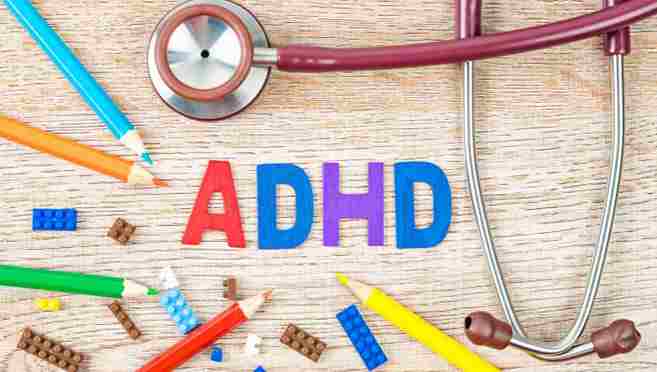
Workplace Challenges
Holding a job with ADHD can be challenging. We’ll explore the difficulties individuals with ADHD may encounter in the workplace.
Accommodations and Legal Rights
Employees with ADHD have legal rights regarding accommodations. We’ll discuss these rights and suggest strategies for success in the workplace.
Living with ADHD
Coping with ADHD is an ongoing process. We’ll explore various coping mechanisms, support systems, and strategies for staying organized and managing the condition effectively.
Unique FAQs
Is ADHD a lifelong condition?
Can adults be diagnosed with ADHD, even if it wasn’t identified in childhood?
What are the most common medications prescribed for ADHD?
How can parents help their children with ADHD succeed in school?
Are there support groups for adults with ADHD?
Conclusion
In conclusion, understanding ADHD is crucial for early diagnosis, effective management, and creating a supportive environment. By recognizing the challenges faced by individuals with ADHD and offering the right support, we can make a positive impact on their lives. What Does ADHD Stand For?
Recap of Key Points
We’ve discussed the definition of ADHD, its importance, historical background, types, symptoms, diagnosis, and treatment options. We’ve also explored the challenges faced by children and adults with ADHD in school and work settings and provided coping strategies.
The Importance of ADHD Awareness
Raising awareness about ADHD is vital to reduce stigma and provide the necessary support to individuals with the condition. By understanding and empathizing with those affected, we can create a more inclusive society. What Does ADHD Stand For?
Encouragement and Support for Individuals with ADHD
Individuals with ADHD need encouragement and support to thrive. It’s essential to offer understanding, patience, and resources to help them overcome the challenges posed by the disorder.
